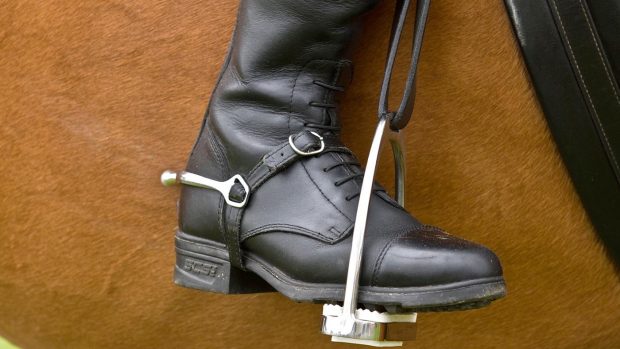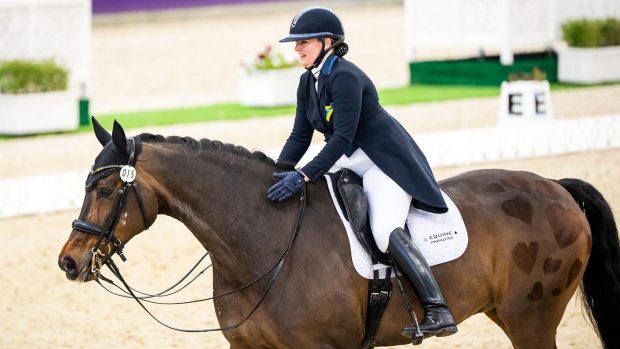EVENT rider Harry Meade was spotted wearing a pair of spurs that appeared slightly different to the traditional style. H&H finds out what they are and how they work.
What are they?
THE difference between rollerball spurs and their traditional cousin is the two plastic hemispheres that rotate horizontally around a central pin affixed at the end of the metal shank.
The shank of the traditional spur finishes in a rounded end. Rollerball spurs are permitted in British Eventing competitions.
What horses do they suit?
ROLLERBALL spurs are ideal for use on horses with sensitive or thin skins. While traditional spurs can mark the sides of these horses, the rollerball exerts a less concentrated pressure and so marking is reduced. Rollerball spurs are also ideal for horses who have never experienced spurs.
How do they work?
ROLLERBALL spurs are considered more gentle than traditional ones as the plastic balls roll and disperse the pressure, though they are only as mild as the pressure applied by the user. So use with caution.
Who uses them?
INTERNATIONAL event rider Harry Meade regularly rides all his horses in rollerball spurs.
“I first saw people using them at team training about a year ago and decided to try them,” he says.
“Riding so many horses I don’t have time to change my spurs but I find that the rollerballs are great, especially if you are riding a sensitive horse or a stallion with a fine coat which has a tendency to get rubbed very easily.
“The surface rolls across the horse and there’s no friction between the spur and the horse. Now about three-quarters of the people at team training are using them.”
Where can I buy them?
Westgate EFI Tel: 01303 872277 for stockists
Price: £14.99
This Q&A was first published in Horse & Hound (1 November, ’07)



